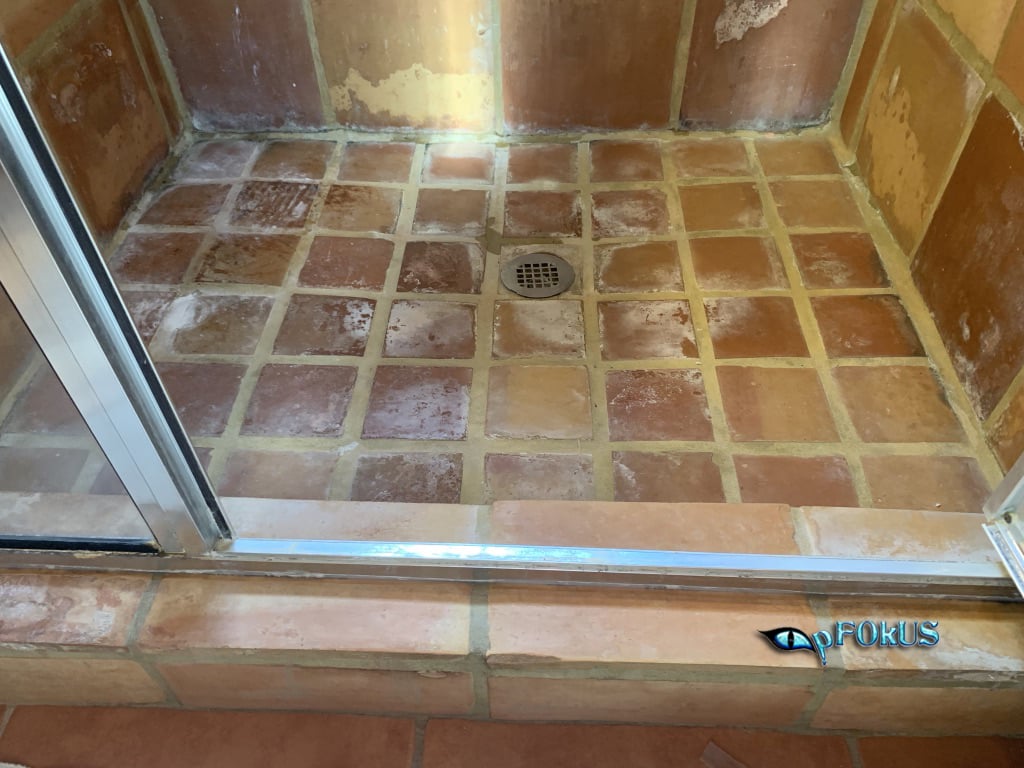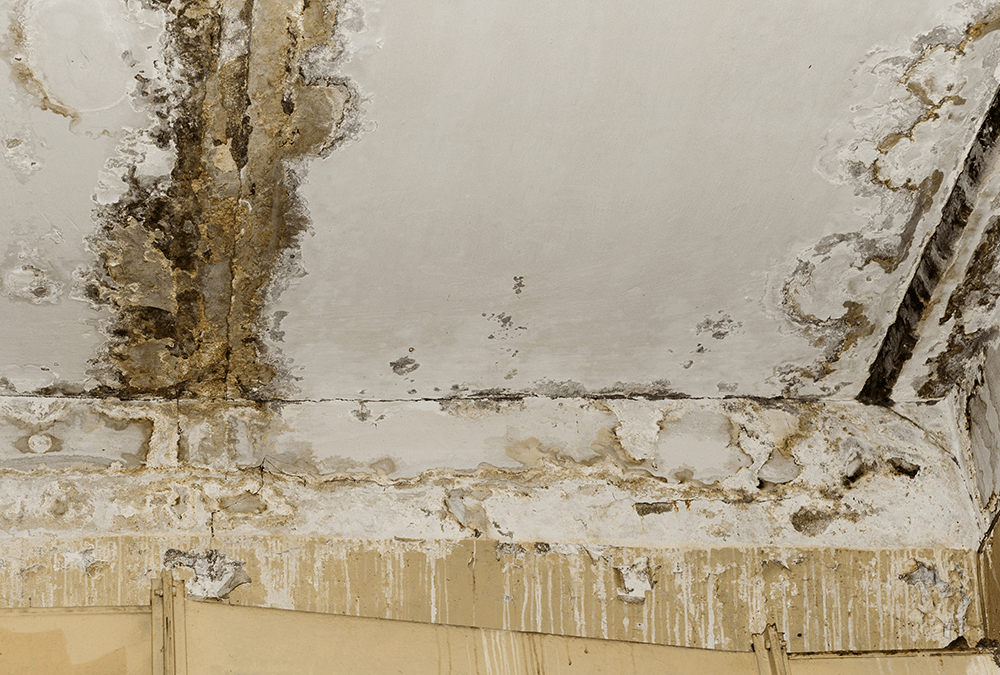The publisher is making a few great annotation about Looking for Signs of Water Damage in the Bathroom as a whole in this article underneath.

The shower room is extremely at risk for damp buildup as well as possible water damages because of the constant use of water in it. This write-up provides straightforward evaluation strategies to help identifying water damage threats.
The frequent use water in the bathroom makes it very vulnerable for damp buildup as well as possible water damage. By checking it regularly, you can minimize water relevant damages.
The complying with collection of evaluations is simple to execute and ought to be done as soon as in every three months in order to keep your shower room in good shape as well as to prevent prospective water problems caused by the tub, the shower, pipeline joints and plumbing, sinks, cabinets, as well as the commode
Do not neglect doing these examinations and also be comprehensive while doing them. Remember that these simple evaluations can conserve you a great deal of cash by providing early indicators for water damages
Bath tub and also Shower
The shower and bathtub require special interest and also upkeep. Examine the floor tiles and replace if fractured. Make sure that there is no missing grout between the ceramic tiles. Check and also change cracked caulking at joints where the walls meet the floor or the bathtub. Clogged drains as well as pipes issues will certainly stop the bath tub from drying out as well as might suggest severe issues underneath the bath tub. Seek advice from a specialist quickly to stop architectural damages. Take notice of stainings or soft locations around the bath tub wall surfaces as they might show an interior leakage.
Plumbing
Signs for water damages are difficult to discover because many pipes are installed inside the wall surfaces.
Pay unique focus to floor covering as well as walls moisture and stains as they might show an unseen plumbing trouble. Inspect wetness levels in adjoining areas too.
Sinks as well as Cabinets
Sinks as well as cabinets are revealed to wetness as well as humidity everyday as well as are frequently neglected. Examine routinely under the sink and on the countertop above it. Fix any kind of drip in the catch as it might suggest drain problems. Look around the sink, slow draining pipelines might suggest a blocked drain. Replace sink seals if they are cracked or loosened.
The Commode
The bathroom is a susceptible water joint. Examine the water lines as well as search for leaks around the commode seat, in the tube, and also under the water storage tank. If you spot any indicators of moisture on the floor around the commode, look for leaks in the toilet rim and also storage tank seals.
Understand that hanging toilet dish deodorants increases the chances for obstructions.
TIPS TO PREVENT WATER DAMAGE IN THE BATHROOM
The average household uses approximately 80-100 gallons of water per person per day. For a family of 4, that's almost 2,500 gallons of water a week! The largest portion of this consumption comes from bathroom use. Flushing the toilet uses the most water, followed by taking a shower or bath. With that much water running through the home, water damage in the bathroom is bound to happen. Knowing how to spot signs of a water leak is essential to preventing long-term damage. This guide provides you with tips to reduce the impact of water damage on your bathroom.
CAUSES OF BATHROOM WATER DAMAGE
Pipe breaks are the most common cause of water damage we see in our daily jobs. The age of a pipe plays a large role in a pipe break as well as corrosion. Over time, the metal begins to break down, allowing water to escape. Frozen pipe breaks are also a concern in the winter months. Toilet overflows caused by paper products or children flushing inappropriate items. Degraded caulking around the toilet or bathtub can allow water seepage, sometimes behind the fixture, into the subfloor or walls. Condensation forms when the water in a pipe is cooler than the air temperature. Beads of water form on the exterior of the pipes, sometimes so much so that the water begins to drip and pool below. Sink or shower backups created by poor drainage. HOW TO PREVENT WATER DAMAGE IN YOUR BATHROOM
Inspect your toilet supply line for worn or frayed hoses and replace them as needed. Winterize your plumbing to prevent a frozen pipe break. Use vent fans to prevent condensation that can lead to mold growth. Routinely check and replace degraded caulking around your toilet or bathtub. Increase the temperature in your toilet tank and insulate your pipes during the warm summer months to keep condensation from forming. Use child safety locks on the toilets. Flush only toilet paper. "Flushable" wet wipes are actually not good for your plumbing system. Additionally, feminine hygiene products should not be flushed. Prevent water from escaping the tub or shower. Make sure shower curtains are in good condition. Inspect shower doors and replace the seal strip if necessary. Wipe up any water that accumulates on the floor and use bath mats. Water left to sit can cause damage to the tiles and flooring. Refrain from using bath products containing heavy oils to avoid a clogged drain.

We were introduced to that write-up about Common Causes of Water Damage in a Bathroom from an acquaintance on a different domain. Do you know another person who is involved in How to Repair and Prevent Bathroom Water Damage? Take a moment to share it. I am grateful for your time. Visit us again soon.
Get Quote